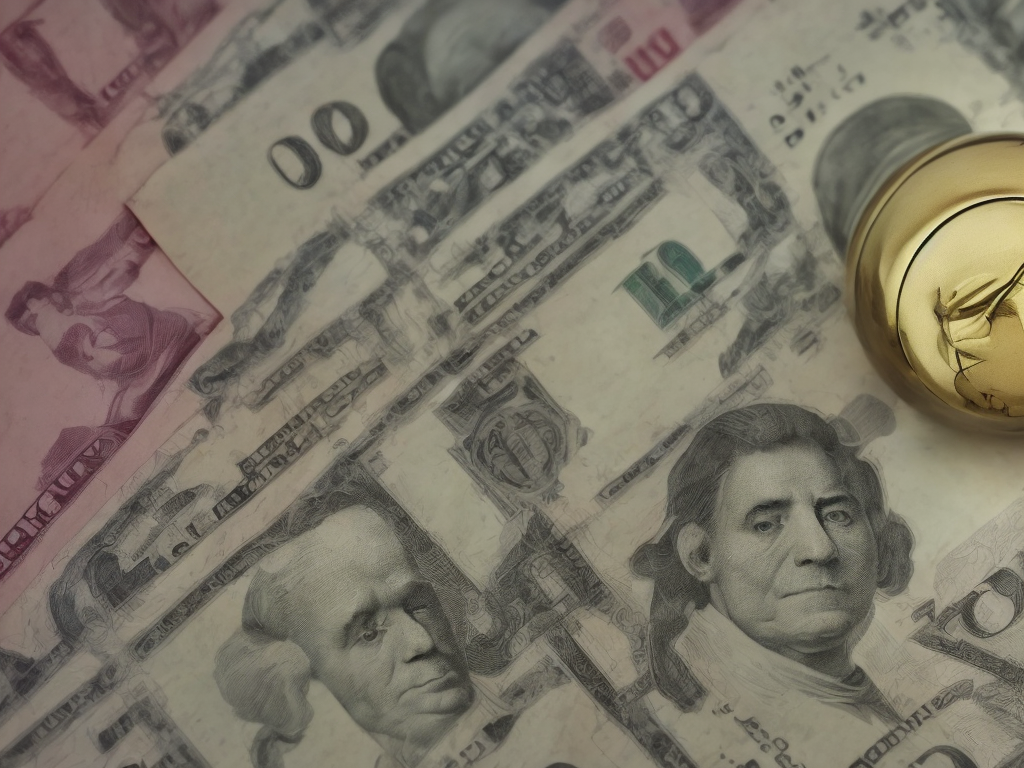
Bank rate and repo rate are two very important tools used by the Central Banks all across the world to regulate the interest rates in the market. These two rates are used to control the flow of money in the economy and keep it in check for the overall economic growth of the country. In this article, we will be discussing the difference between bank rate and repo rate, their significance in the market, and how they affect the economy.
Bank Rate
Bank rate, also known as the discount rate, is the interest rate at which the central bank of a country lends money to commercial banks. The bank rate is set by the central bank to control the amount of money supply in the market. The central bank uses bank rate to encourage or discourage commercial banks from borrowing money from it.
When the central bank increases the bank rate, borrowing from the central bank becomes expensive for commercial banks. As a result, commercial banks become reluctant to borrow, and they charge higher interest rates from their customers who want to borrow from them. This leads to a decrease in the money supply in the market as borrowing becomes expensive, and people become reluctant to borrow money. This, in turn, can lead to a decrease in inflation, as there is less money in circulation.
On the other hand, when the central bank decreases the bank rate, borrowing from the central bank becomes cheaper for commercial banks. As a result, commercial banks become more willing to borrow from the central bank and are charged lower interest rates. This leads to an increase in the amount of money supply in the market, as borrowing becomes cheaper and people become more willing to borrow money. This, in turn, can lead to an increase in inflation, as there is more money in circulation.
Repo Rate
The repo rate, also known as the repurchase rate, is the interest rate at which the central bank of a country lends money to commercial banks for a short period by selling securities in the open market. The securities sold by the central bank are repurchased by the banks at a higher price on a future date, which is pre-determined. The repo rate is used by the central bank to regulate the money supply in the market and control inflation.
When the central bank increases the repo rate, borrowing from the central bank becomes expensive for commercial banks. As a result, commercial banks become reluctant to borrow, and they charge higher interest rates from their customers who want to borrow from them. This leads to a decrease in the money supply in the market as borrowing becomes expensive, and people become reluctant to borrow money. This, in turn, can lead to a decrease in inflation, as there is less money in circulation.
On the other hand, when the central bank decreases the repo rate, borrowing from the central bank becomes cheaper for commercial banks. As a result, commercial banks become more willing to borrow from the central bank and are charged lower interest rates. This leads to an increase in the amount of money supply in the market, as borrowing becomes cheaper and people become more willing to borrow money. This, in turn, can lead to an increase in inflation, as there is more money in circulation.
Difference between Bank Rate and Repo Rate
Although the basic aim of both bank rate and repo rate is to manage the money supply in the economy and control inflation, there are a few important differences between the two rates. These differences are as follows:
1. Lending period: The bank rate is used for long-term lending, whereas the repo rate is used for short-term lending. The bank rate is usually used for loans that are for more than 90 days, while the repo rate is used for loans that are usually for one day or a few days.
2. Loan security: In the case of the bank rate, commercial banks borrow money from the central bank by pledging government securities as collateral. On the other hand, in the case of the repo rate, commercial banks borrow money by pledging government securities as collateral, which are then repurchased by the banks on a future date.
3. Interest rate: The bank rate is always higher than the repo rate. The bank rate is usually used as a signal to the market by the central bank that it is tightening its monetary policy. On the other hand, the repo rate is used for overnight funds, and the rate is usually lower compared to the bank rate.
4. Usage: The bank rate is used to control the long-term interest rates in the economy and the availability of credit, while the repo rate is used to control the short-term interest rates and the liquidity in the market.
Conclusion
In conclusion, bank rate and repo rate are two important tools used by the central banks of a country to control the money supply in the economy and regulate inflation. Although bank rate and repo rate have similar aims, they have some significant differences in terms of their usage, lending period, loan security, and interest rate. Understanding the difference between these two rates is critical for investors and borrowers alike, as it can help in taking informed investment decisions and managing financial risks.
 Self-Instruct
Self-Instruct